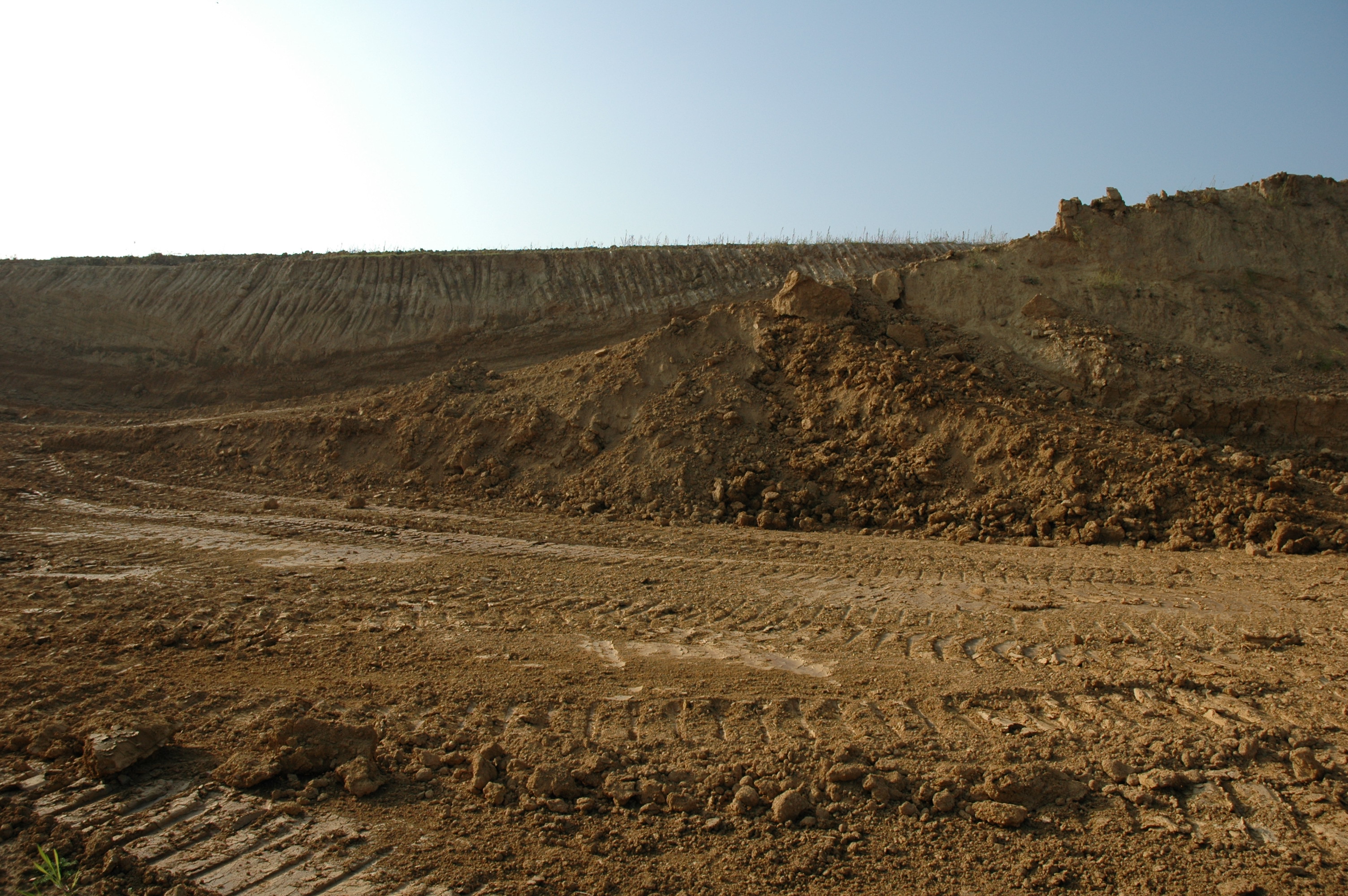Habitat of Cucumis melo
According to writings as old as ancient Egypt, cantaloupe was cultivated back then and most likely originated in the Mediterranean region or Asia. Over time, it was brought to the United States by Columbus, but only grew moderately well in the eastern states. It was later shown that it grows better in the western portion of the United States . Some major producers of cantaloupe are in California and Arizona.
SOIL
Cantaloupe prefers warm soil greater than 70 degrees
Fahrenheit (21 degrees Celsius). The hot sunny weather of most
western states are perfect grounds for cantaloupe. It is most
often grown in loam and clayloam soil. This soil is able to
retain water moisture, which cantaloupe needs to grow.
Cantaloupe is an annual plant that is usually planted in the
spring around mid-April.
Cantaloupe prefers a pH level in the soil of around 6 to 6.5.
Rain Fall
Cantaloupe
plants do well if they get about an inch of rainfall per week.
If they get more than this, the plant will become waterlogged
and die. Also too much water will ruin the fruit. If there is
not enough water, it will also die because it needs the water to
sustain itself.
Ecological Niche
Surprisingly, you will rarely ever find a wild Cantaloupe plant,
since it is an introduced species in the Americas. Like any
plant with fruit, animals may eat the fruit or the plant itself.
Cucumis melo also can provide an excellent surface for
bacteria to grow.
Home Click here to proceed to reproduction
